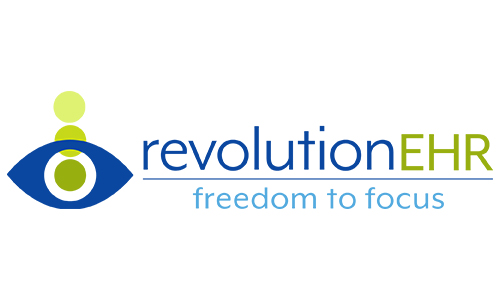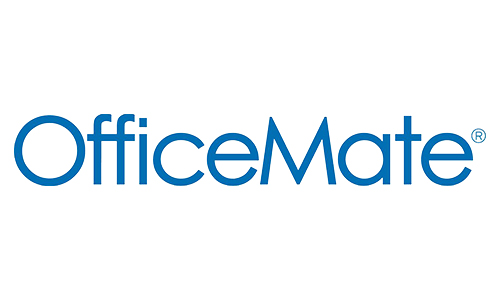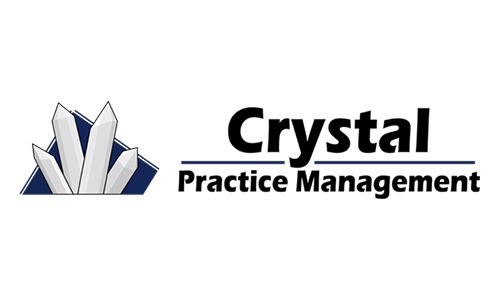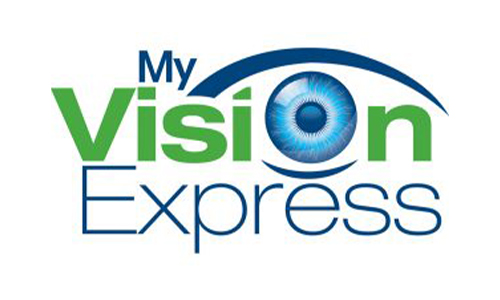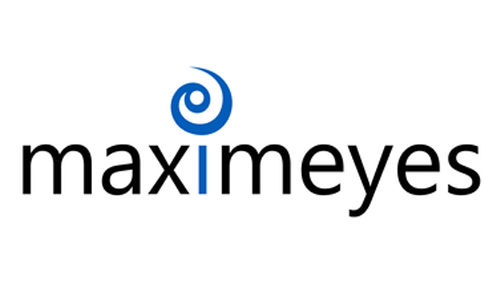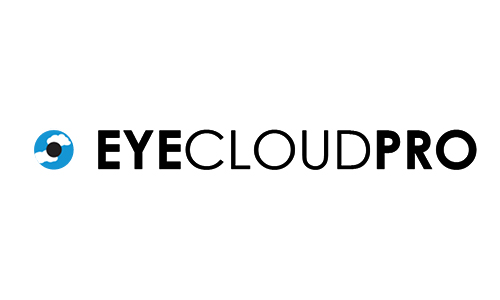A Q&A with the RevCycle Partners Credentialing Team
Credentialing your optometry practice through a practice transition can feel like jumping through endless hoops. You hop through one, and another pops up.
Hoops include opening a new practice, adding a new grad, adding a new doctor, or changing your name because of marriage or divorce. During transitions, it’s critical to pay attention to your credentialing, even though it feels tedious.
Recently, a few optometrists asked our credentialing team for advice on staying on top of their credentialing through a practice transition.
Our practice is growing. All of our office staff is overworked. Credentialing has a way of slipping through the cracks. Any advice for making sure it doesn’t?
RCP: First, dedicate one person to the role of credentialing. So often the role is spread across multiple people, each with a unique email address. Or maybe the message is sent to one admin email address that multiple people in the practice use for communication. The credentialing reminders are sent, but who is taking ownership of the credentialing task that needs to be done?
There’s a greater chance of error with more email recipients, because it’s too easy to assume other staff will take care of it.
Second, if that dedicated person leaves, remember to change the email contact for all of your credentialing communication—with all payers. Often credentialing deadlines are missed because the email is sent to an email address of a person who left the practice months or years ago.
We are adding a new practice location. What are the pros and cons of having separate group NPIs for different locations?
Some states, and some payers require each location to have an individual NPI. Medicaid is requiring this in more and more states. So, first check your state requirements. You might have no other option but to have two NPIs.
If you have a choice, there are pros and cons to individual NPIs.
One benefit is it allows you to sort your billing by practice. The cons? It can lead to billing errors. If you have multiple NPIs, you have to make sure you use the right NPI for the right practice location. It’s easy to mix up the NPIs if you’re not diligent.
I'm getting married—and my name is changing. How does this affect my credentialing?
We’ve been in the middle of a credentialing process when providers have gotten married. Because it’s a hassle, sometimes they choose not to change their name professionally.
However, if you want to change your name professionally, first change your license. Then update your NPPES and CAQH. Finally, update your information with Medicare, Medicaid and other commercial payers.
Take a proactive approach, because credentialing takes time. You might even have to do some follow-up to ensure that the change is made in a timely manner.
We are about ready to hire a new grad. When should we start the credentialing process for the new doc?
Once the doctor has their OD license, NPI, liability insurance, and CAQH set up you can generally start the process. The insurance payers will need all those things before they'll take a look at the application.
As with all credentialing, though, there are myriad details to pay attention to once you start the process.
An established practice decided to hire a doctor right out of school. The practice assumed the doctor was not credentialed with any insurances at all, including Medicaid. So, they submitted the application. Over a four-month period, they diligently followed up with the insurance payers. The new doc’s application was approved, and it linked to all the office’s locations.
However, a month into seeing patients, the first EOB arrived from Medicare, and it denied all claims. Turns out that when the office submitted the application, the doctor hadn't updated their CAQH or their NPPES to reflect the change from being a student to a billing provider.
Make sure your new grad hire updates their CAQH and NPPES so payment isn’t delayed.
If a doctor is switching from an old practice to our practice, what are the steps involved to get him credentialed?
The first thing the doctor will want to do is update CAQH with the new practice/location, as well as new malpractice insurance that covers them at the new practice.
If the new practice is within same state as the old one, demographic updates will need to be done with each insurance payer to add the new practice. If the new practice is in a different state, new applications are required.
Once settled, remove old location from CAQH.
What’s Next?
Do you have a question about credentialing through a practice transition, or a generalized credentialing question?
Reach out to dkegel@revcycle-partners.com for an answer!

